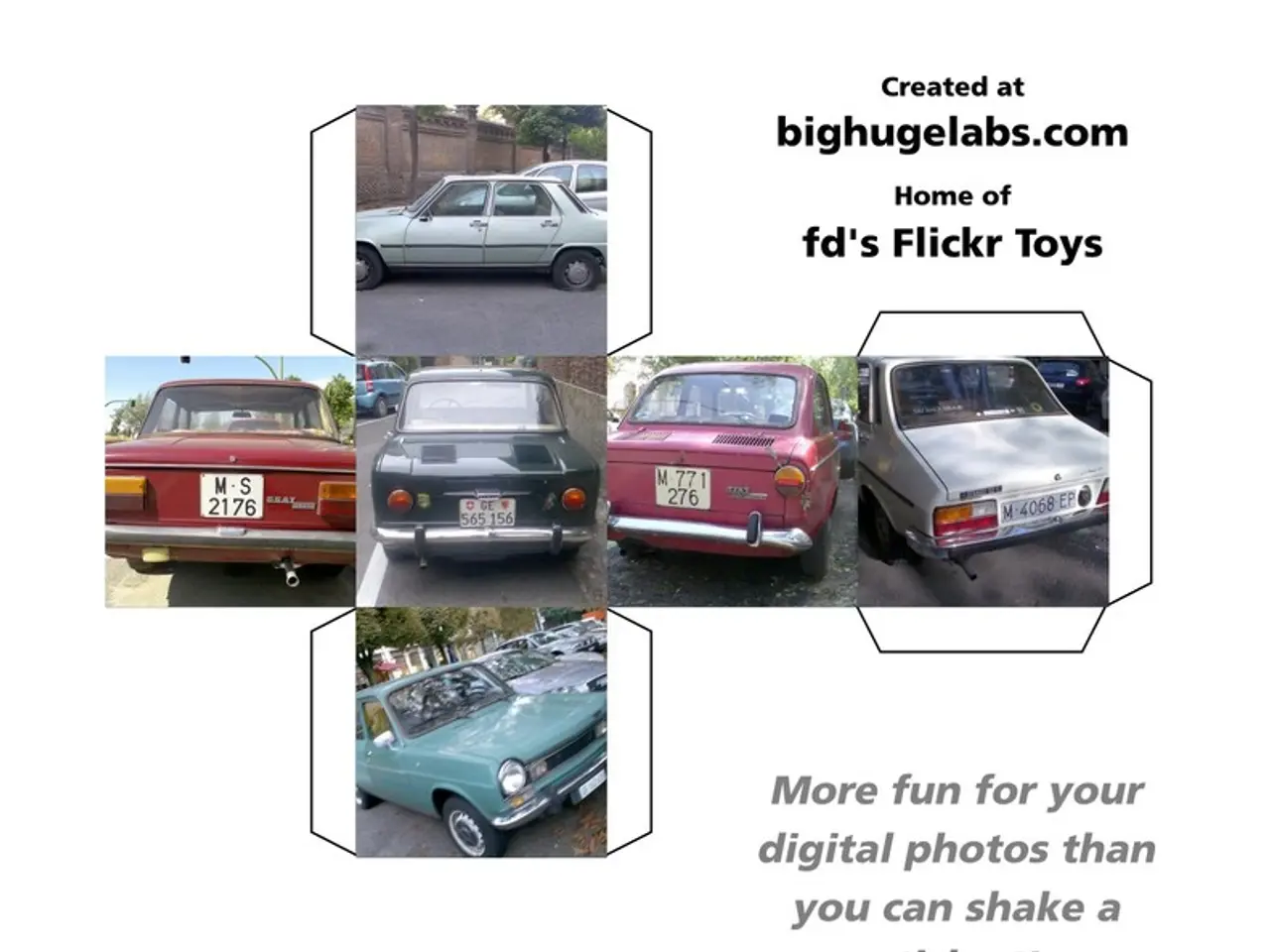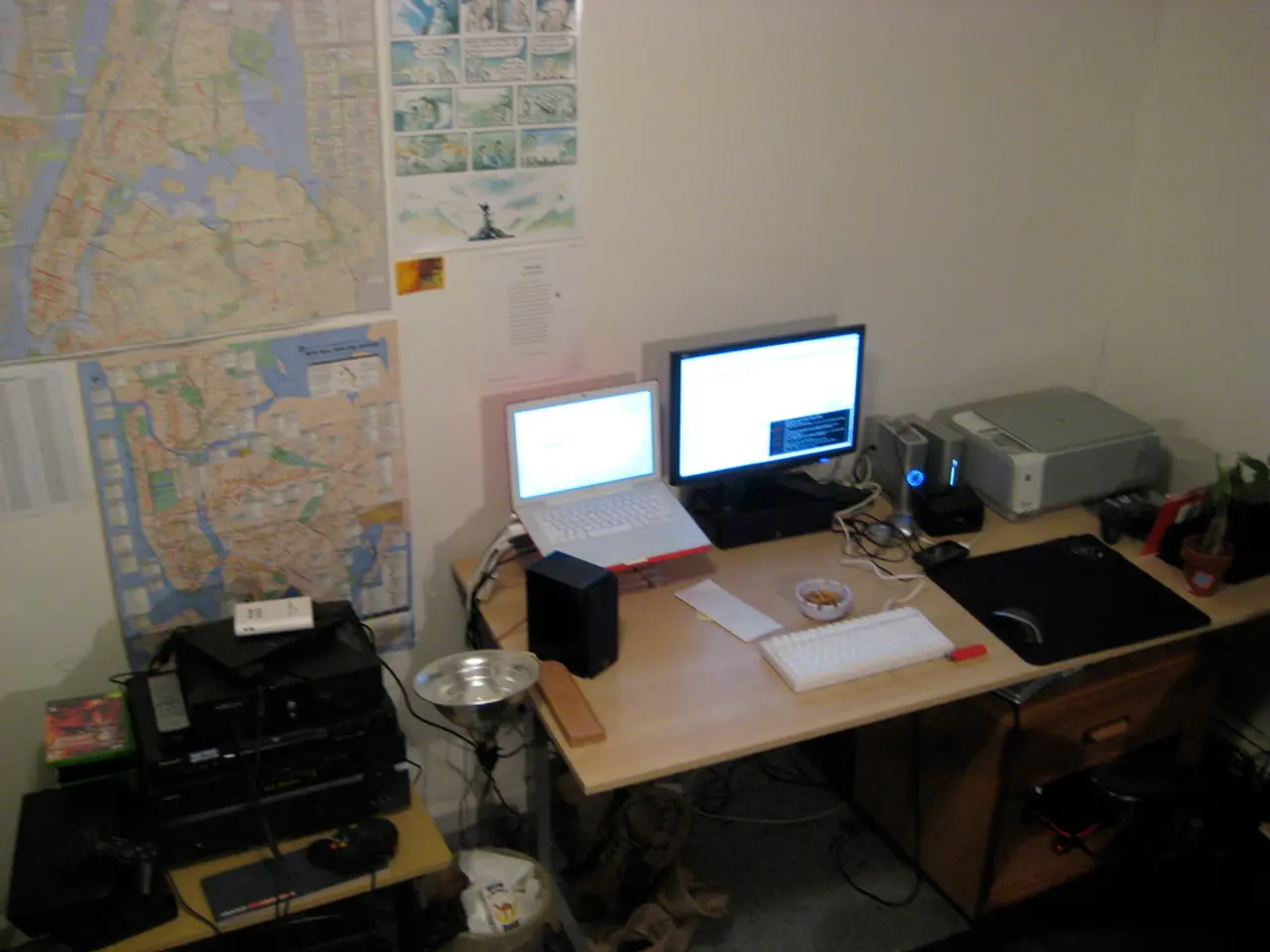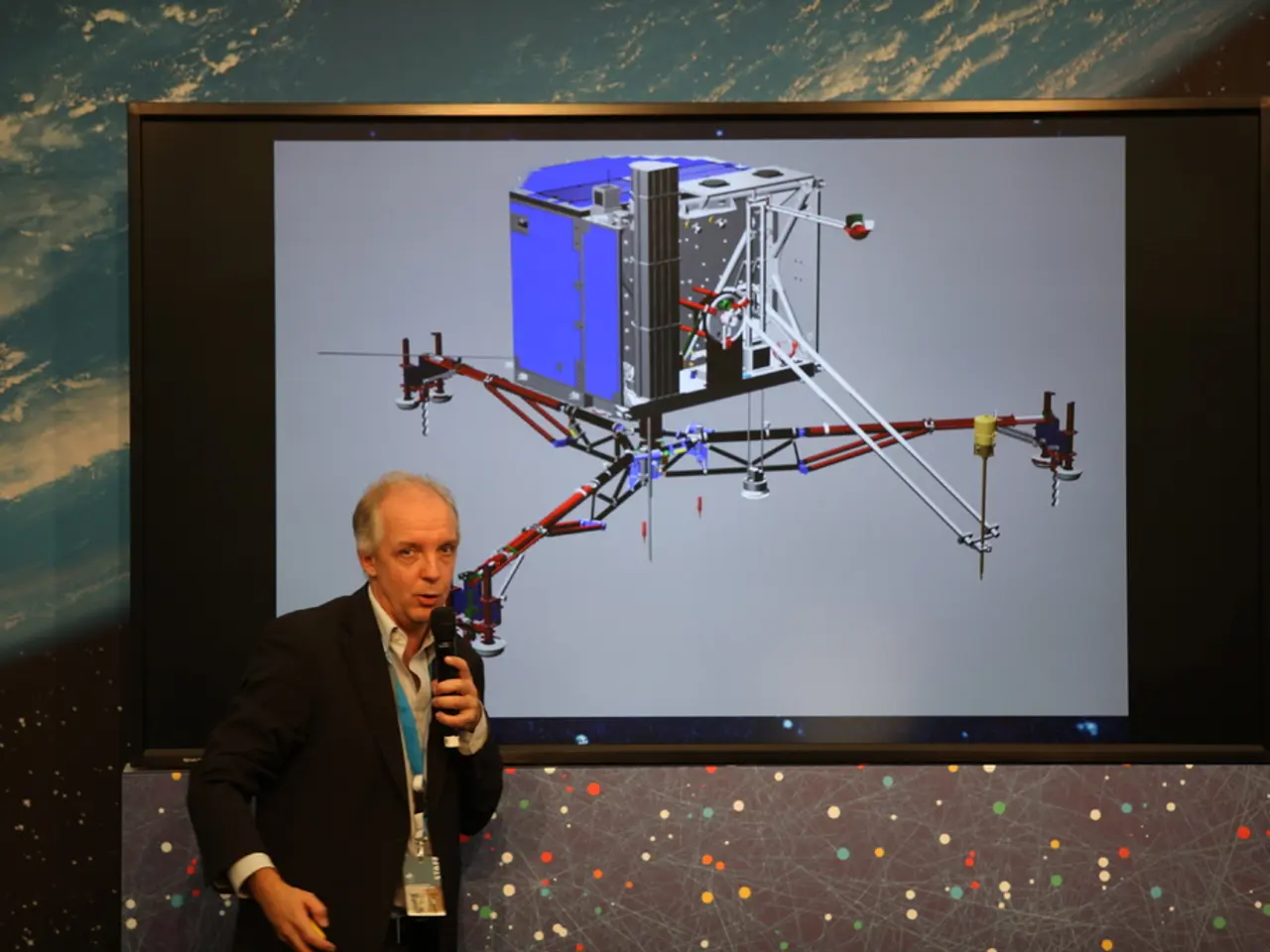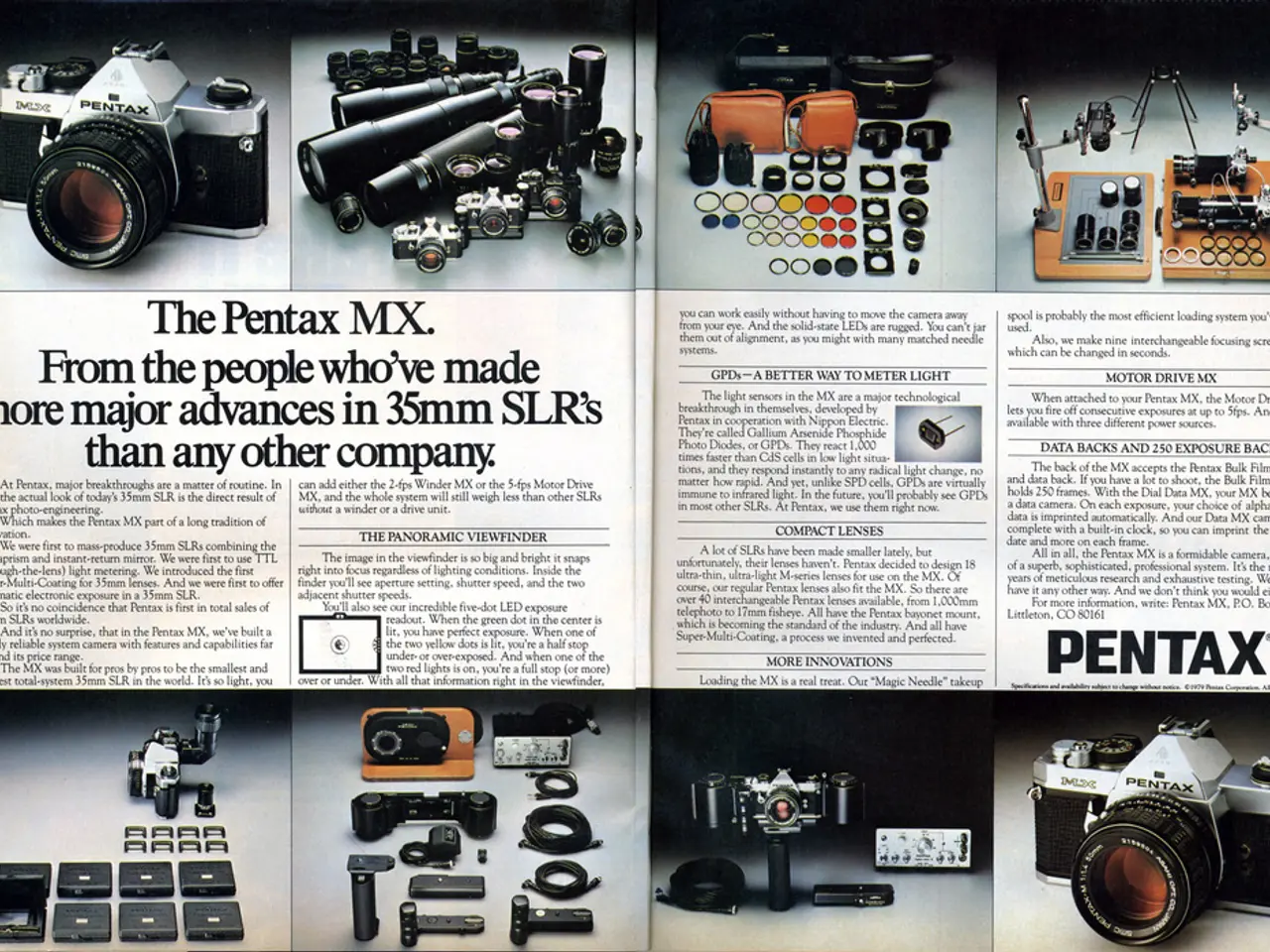Autonomous semitrailers make significant advancement in self-driving technology in Texas
In a groundbreaking development, Aurora Innovation has commenced full driverless nighttime operations for autonomous tractor trailers on the Dallas-to-Houston freight lane, as of mid-2025 [1][2][5]. This move signifies a significant leap in the utilization and efficiency of autonomous trucks, surpassing daytime-only operations and human-driven trucks limited by fatigue and hours-of-service rules.
The key technology enabling these nighttime operations is Aurora's proprietary FirstLight LiDAR system. This advanced technology provides long-range detection capabilities, enabling the system to detect objects, including pedestrians, vehicles, and debris, at distances over 450 meters (around 1,480 feet) even in complete darkness [1][2][3]. This enhanced perception addresses a critical safety issue since about 37% of fatal crashes involving large trucks occur at night [1][2][3].
Aurora’s trucks operate at SAE Level 4 autonomy, meaning they can drive without human intervention in defined conditions and geographies. Their current focus is on major freight corridors like Dallas-Houston and Fort Worth-Phoenix. This expansion includes running autonomous tractor trailers continuously beyond federal driving limits for humans, cutting delivery times by roughly half on these long hauls [2][5].
Operators of robo-trucks claim the LiDAR system is more reliable than human drivers, who could be sleepy and distracted after long drives. The LiDAR system allows the trucks to spot pedestrians, other vehicles, and debris on the road 11 seconds quicker than a human driver [1][2][3].
Despite the advancements, critics argue that autonomous trucks come with steep risks, such as handling traffic, bad weather, and unexpected road blockages. However, Aurora is aiming to perfect its autonomous driving capabilities in the rain, with safety remaining its top priority [1][2][3].
Currently, Aurora Driver has completed over 20,000 miles since starting on public roads in May across three trucks [1][2]. The trucks are making trips between Dallas and Houston, transporting food and dairy products [1][2]. The technology is also being used in self-driving cars from brands like Mercedes-Benz, BMW, Volvo, Waymo, and in Waymo robotaxis operating in cities like San Francisco and Los Angeles.
While the future of autonomous trucking is promising, human drivers could potentially benefit from this development as well. Richard Stocking, chief executive of Hirshback Motor Lines in Iowa, suggests that human drivers could go home more often, "if not daily, several times a week" [1][2]. This could provide a better work-life balance for drivers, attracting younger workers seeking predictable schedules to the industry.
[1] https://www.auroraitv.com/news/aurora-driver-completes-more-than-20000-miles-on-public-roads-since-starting-on-may-1st [2] https://www.reuters.com/business/autos-transportation/aurora-innovation-debuts-driverless-trucking-texas-highways-2021-05-05/ [3] https://www.bloomberg.com/news/articles/2021-05-05/aurora-innovation-said-to-debut-driverless-trucking-on-texas-highways [5] https://www.forbes.com/sites/bernardmarr/2021/05/12/aurora-innovation-launches-autonomous-trucking-in-texas-heres-how-it-works/?sh=790e0b6a460f
Technology plays a crucial role in enabling Aurora's driverless nighttime operations for autonomous tractor trailers, as the FirstLight LiDAR system provides long-range detection capabilities, detecting objects even in complete darkness. This advanced technology enhances the safety of these vehicles, addressing issues that often lead to fatal crashes at night.
Aurora's trucks, operating at SAE Level 4 autonomy, use this technology to spot pedestrians, other vehicles, and debris on the road 11 seconds quicker than a human driver, potentially improving safety and efficiency in the long haul freight industry.




